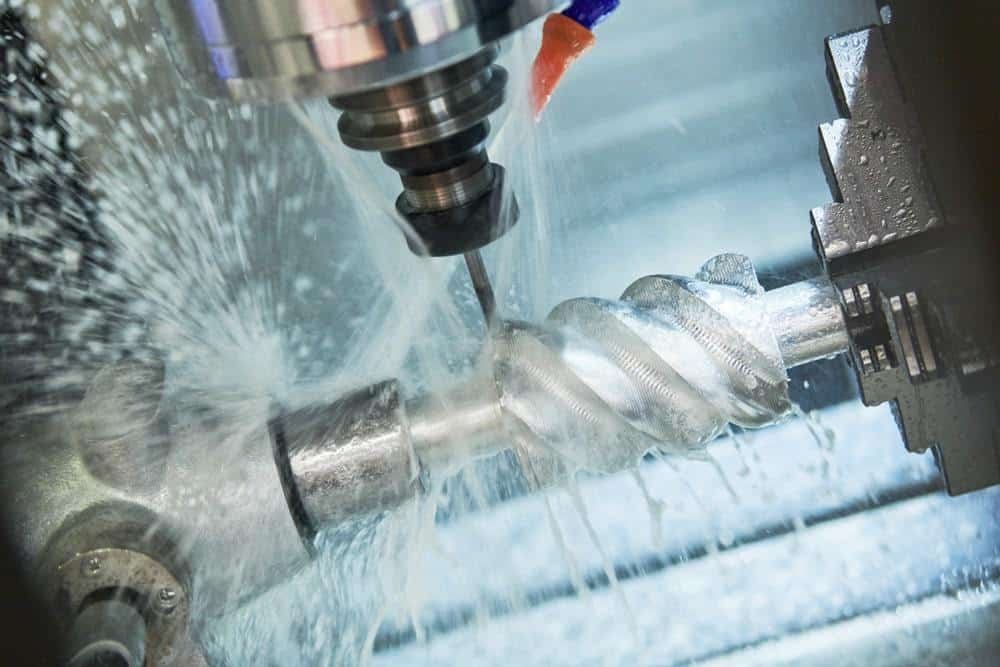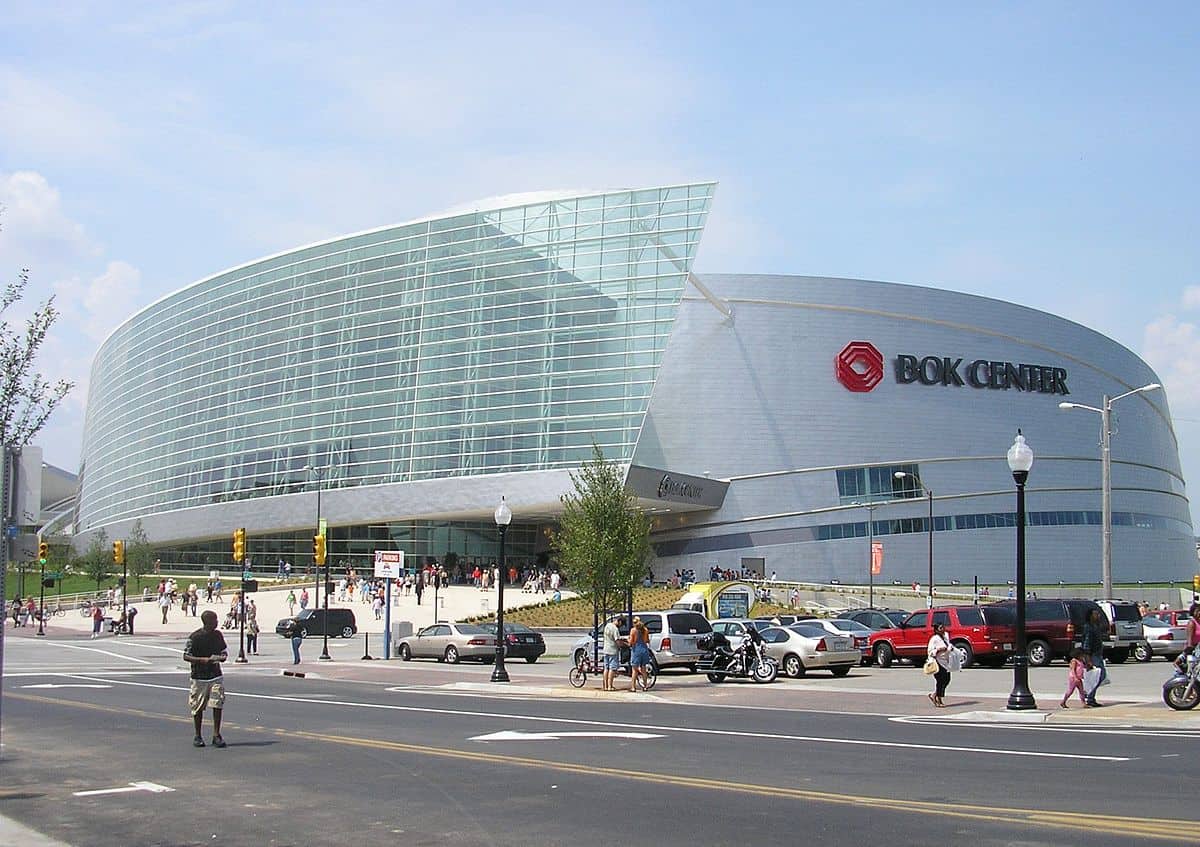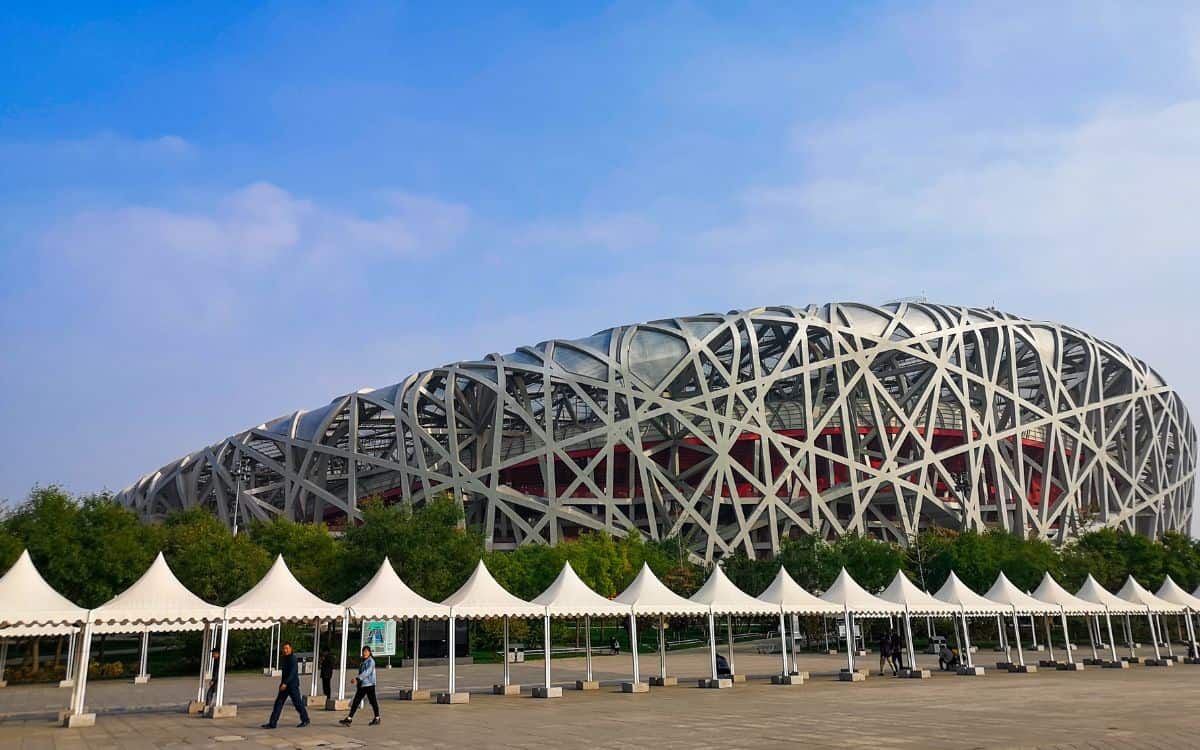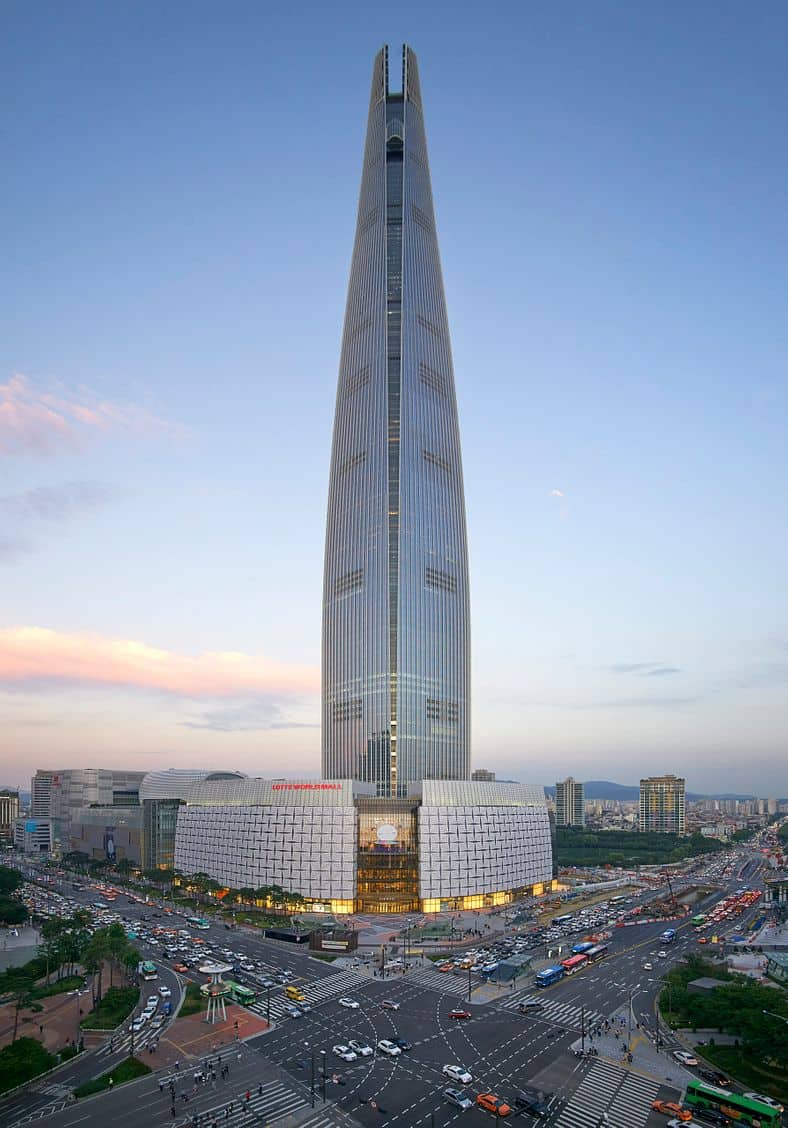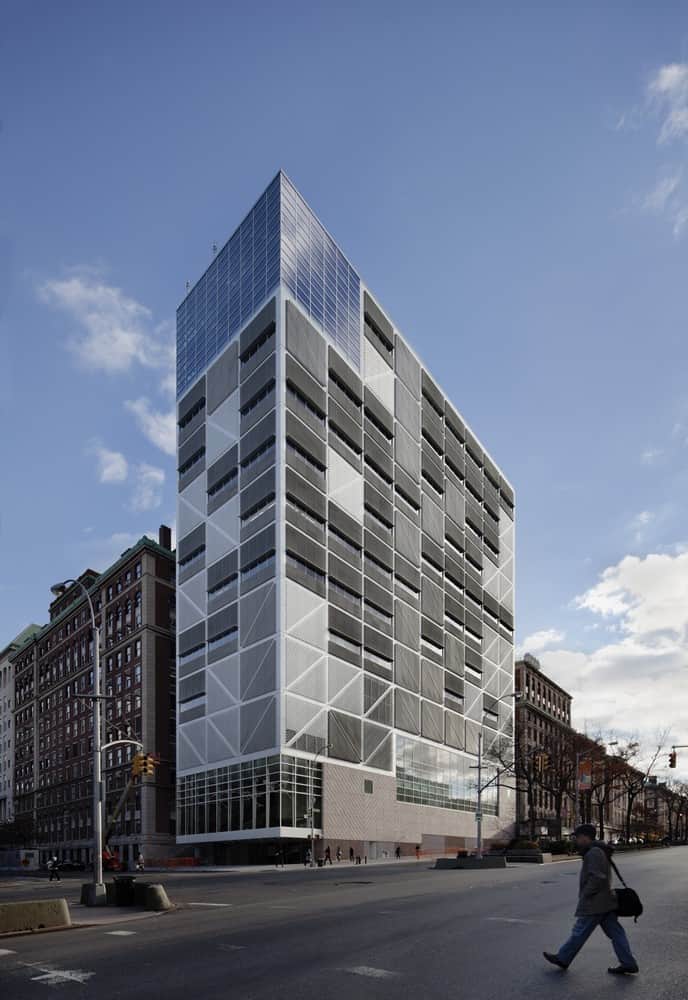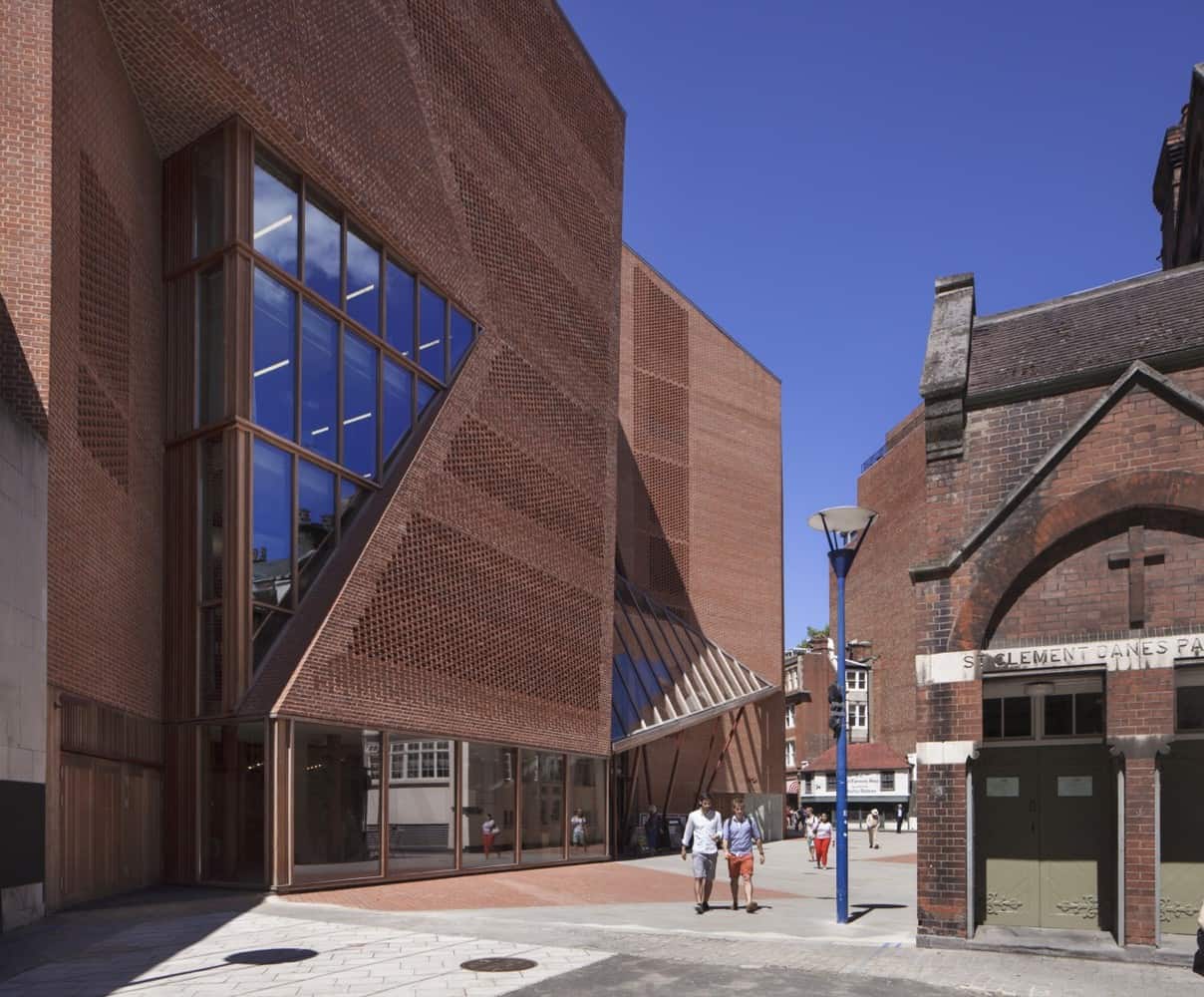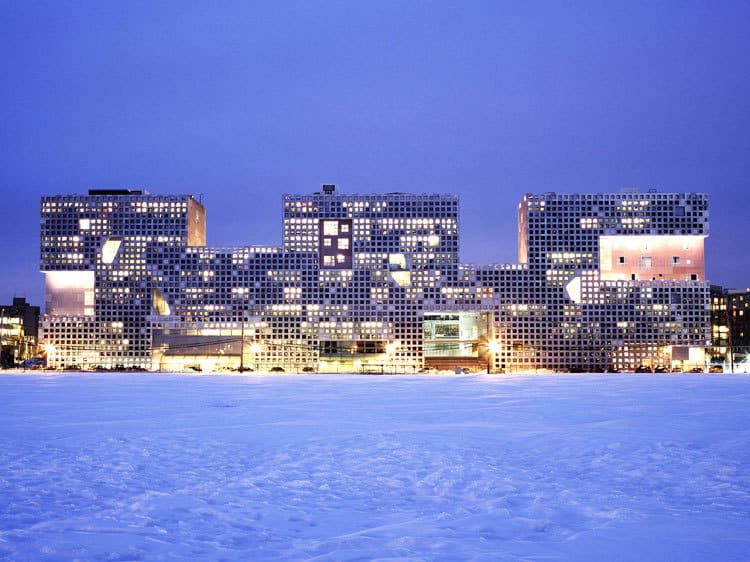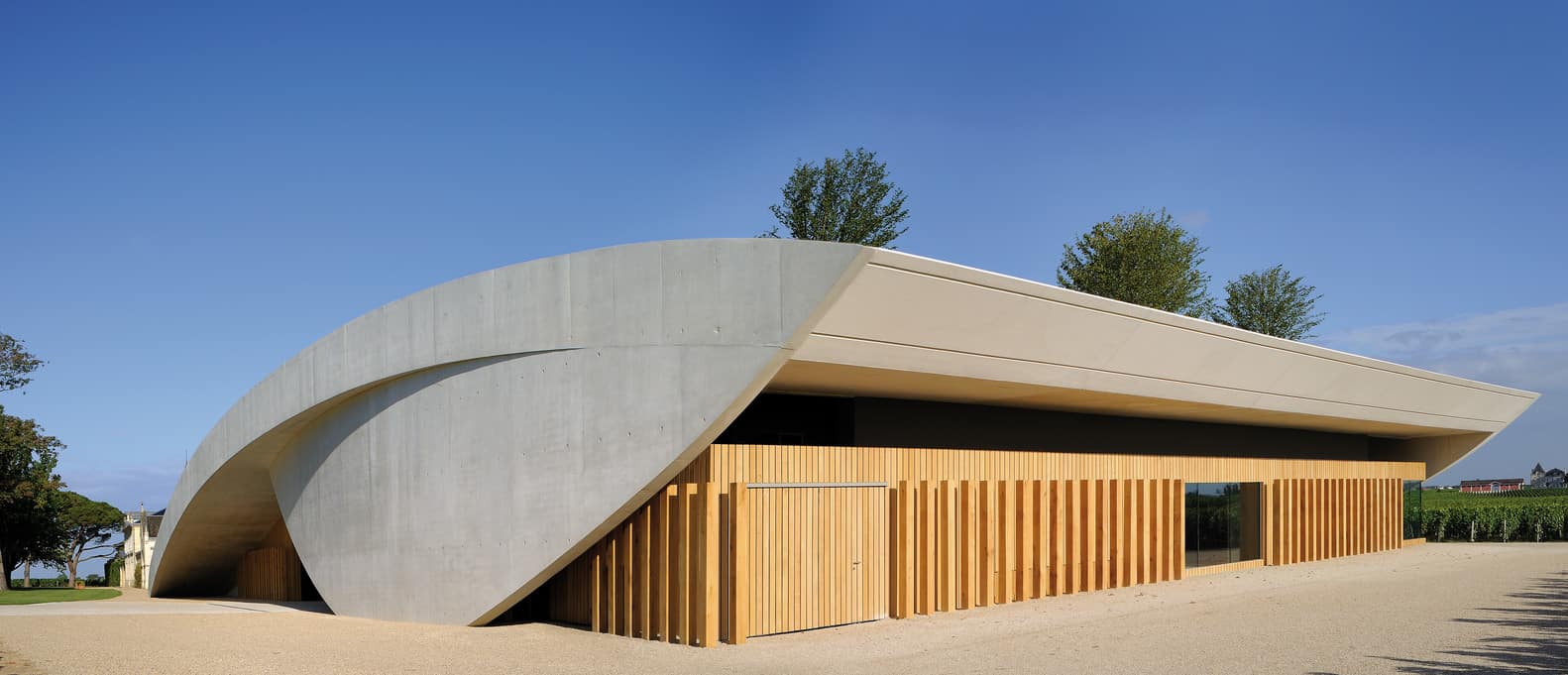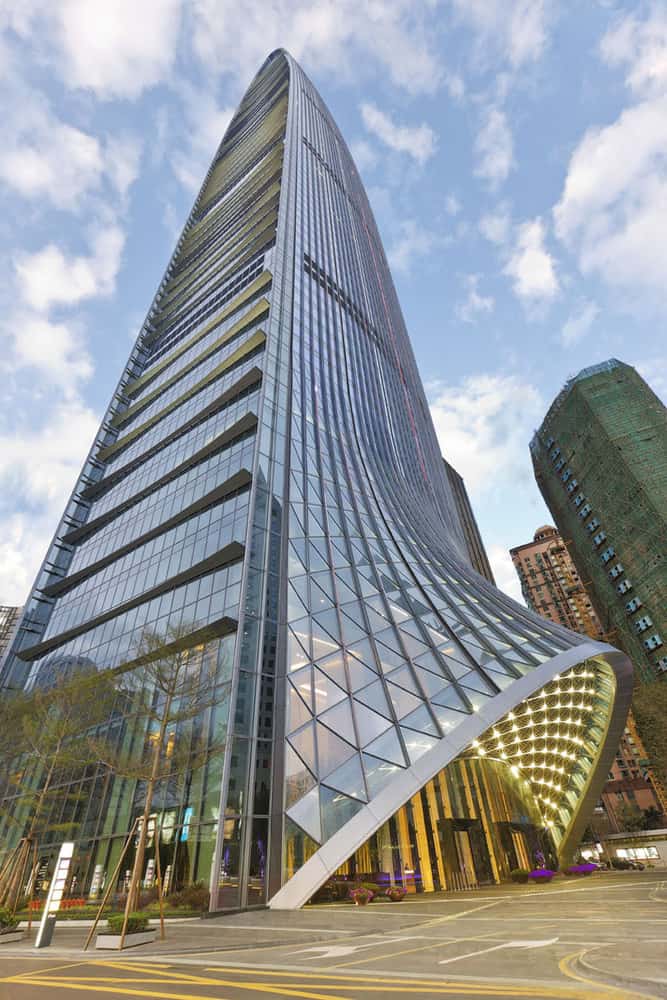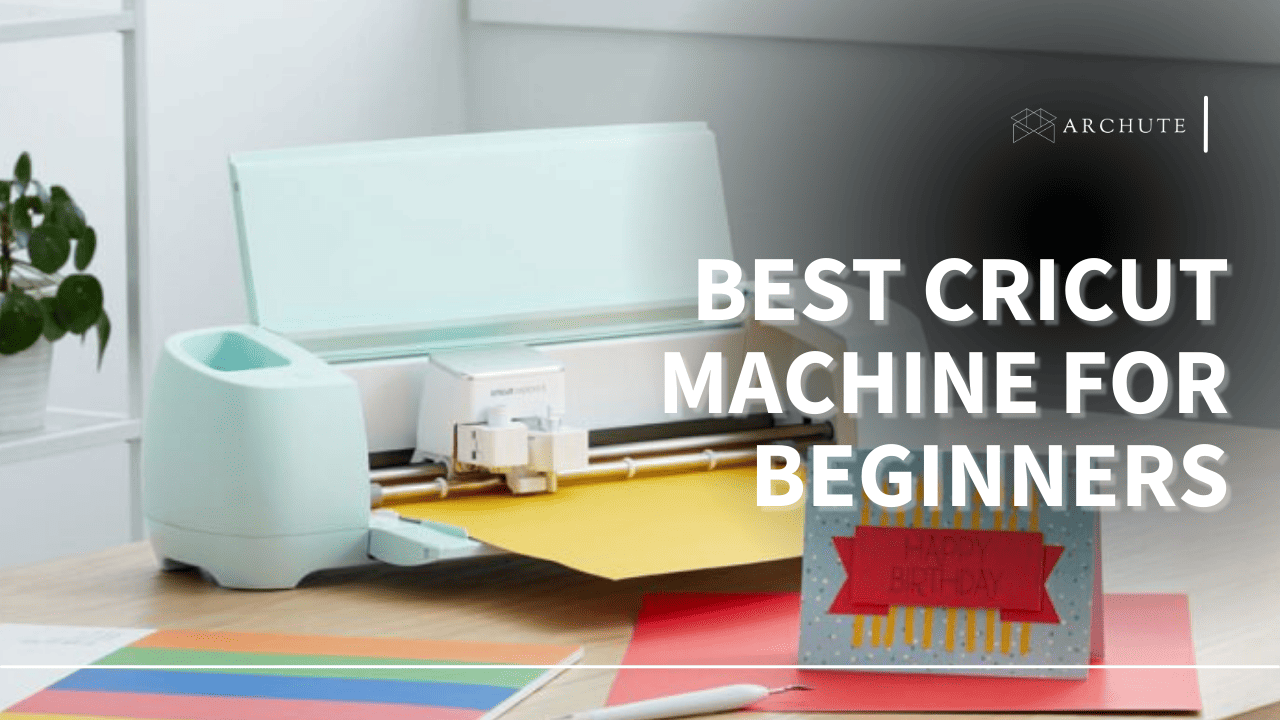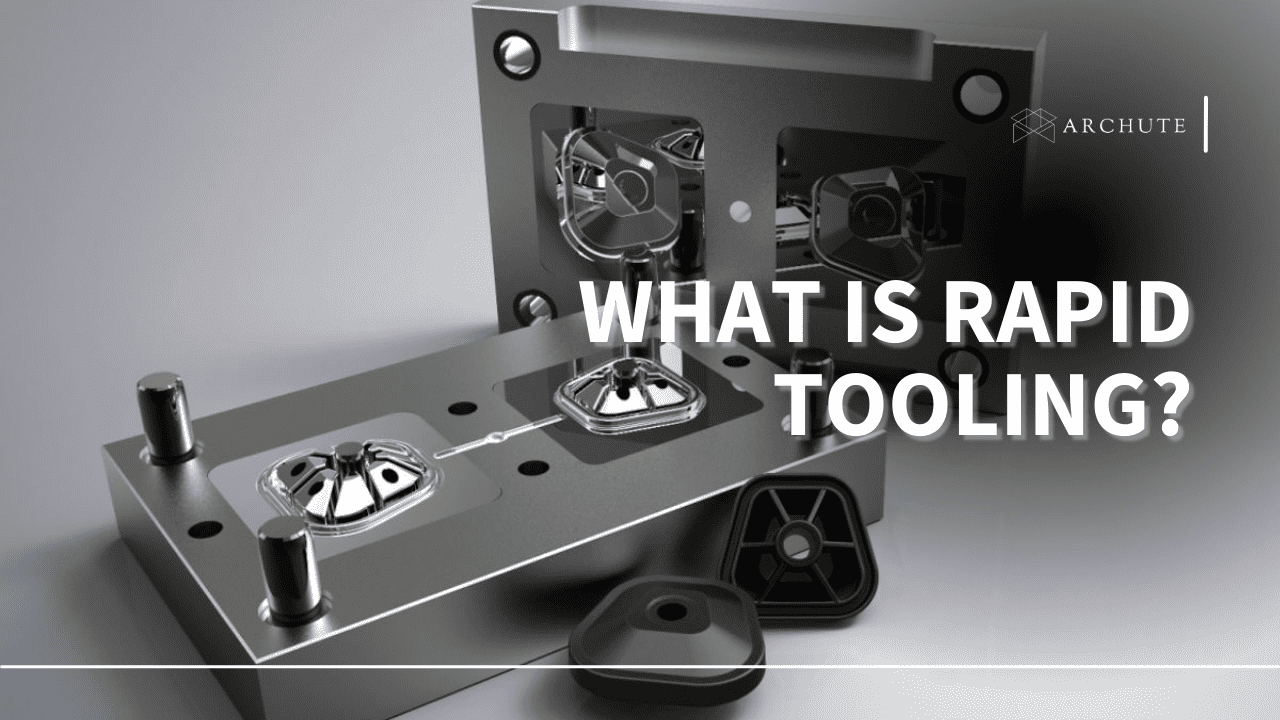CNC machines play a significant role in the manufacturing and industrial segment. These machines are controlled by a computer and deliver a level of efficiency, accuracy, and consistency that would be impossible to achieve through a manual process. But what exactly is CNC? And what is a CNC machine? Learn more from this detailed guide.
What Is CNC?
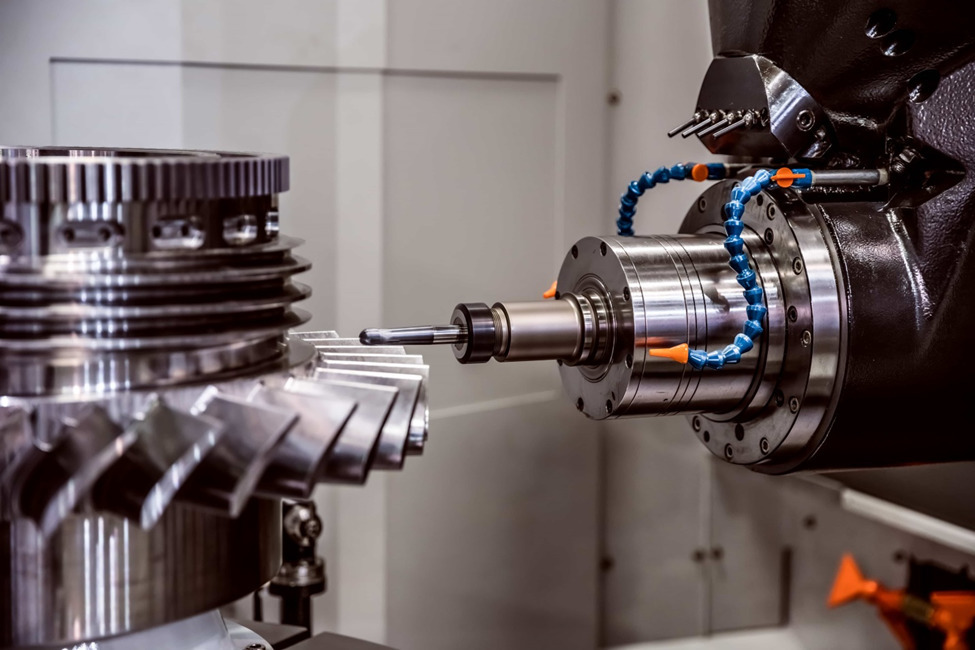
Image Credits: thomasnet.com
Computerized Numerical Control (CNC) defines a computerized manufacturing procedure where codes and pre-programmed computer software control the production equipment movement. CNC machining manages complicated machinery, including turning mills, lathes, CNC routers, and grinders.
The CNC process develops, shapes, and cuts various prototypes and sections of plastic and metal. CNC machinists use the elements of technical drawing, mechanical design, computer programming skills, and mathematics to manufacture different plastics and metal parts.
What Is a CNC Machine?
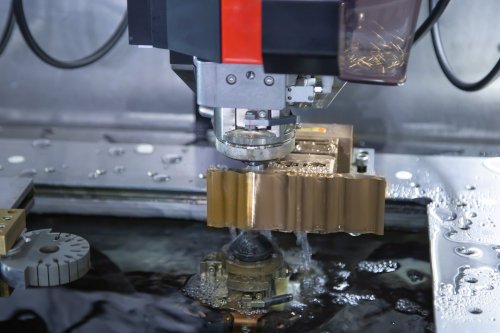
Image Credits: china-machining.com
CNC machines or Computer Numerical Control machines include automated machines that function using executing pre-programmed sequences of controlled commands. One can view CNC machines as the traditional version of gadgets controlled manually using levers and hand wheels or machines automated mechanically using CAM.
CNC machining process entails utilizing computer-driven machine tools to manufacture a section out of solid material in various shapes. The present computer numerical control systems’ mechanical parts and design remain automated.
CAD or Computer Aided Software defines the mechanical dimensions for the parts, and CAM or Computer Aided Manufacturing software translates the parts into manufacturing directives. CNC programmers and skilled CNC mechanisms operate highly automated machinery.
What Are the Main Parts of a CNC Machine?
1. Machine Control Unit (MCU)
MCU is the core of the CNC machine. They perform all the machine’s controlling functions, including reading the coded instructions, decoding them, and implementing interpolation.
2. Input Devices
The input devices are used to input the program into the CNC machine tools. There are usually three common input devices; punch tape reader, magnetic tape reader, and computer via an RS-232-C communication channel.
3. Machine Tool
CNC machine tools always come with a slide table and spindle to control the speed and position. The table is usually controlled on the X and Y-axis, and the spindle is controlled on the Z-axis.
4. Driving System
The driving system usually consists of the amplifier circuits, drive motors, and ball lead screws.
5. Feedback System
A feedback or measuring system consists of transducers that act as sensors. It includes position and speed transducers that constantly monitor the position and speed of the cutting tool located at any instant.
6. Display Unit
The display unit shows or exhibits programs, commands, and other data of your CNC machine.
What Is the Function of a CNC Machine?
- They read computer-aided manufacturing CAM) and computer-aided design (CAD) files, sketches, and blueprints.
- Set up, disassemble, and operate automatic, manual, and computer numerically controlled (CNC) machine tools.
- Measuring, evaluating, and testing products for defects.
- Aligning, securing, and adjusting cutting tools and workpieces.
- Monitoring the speed and feed of machines.
- Turning, drilling, grinding, shaping, and milling machine parts to specifications.
CNC Machine Programming
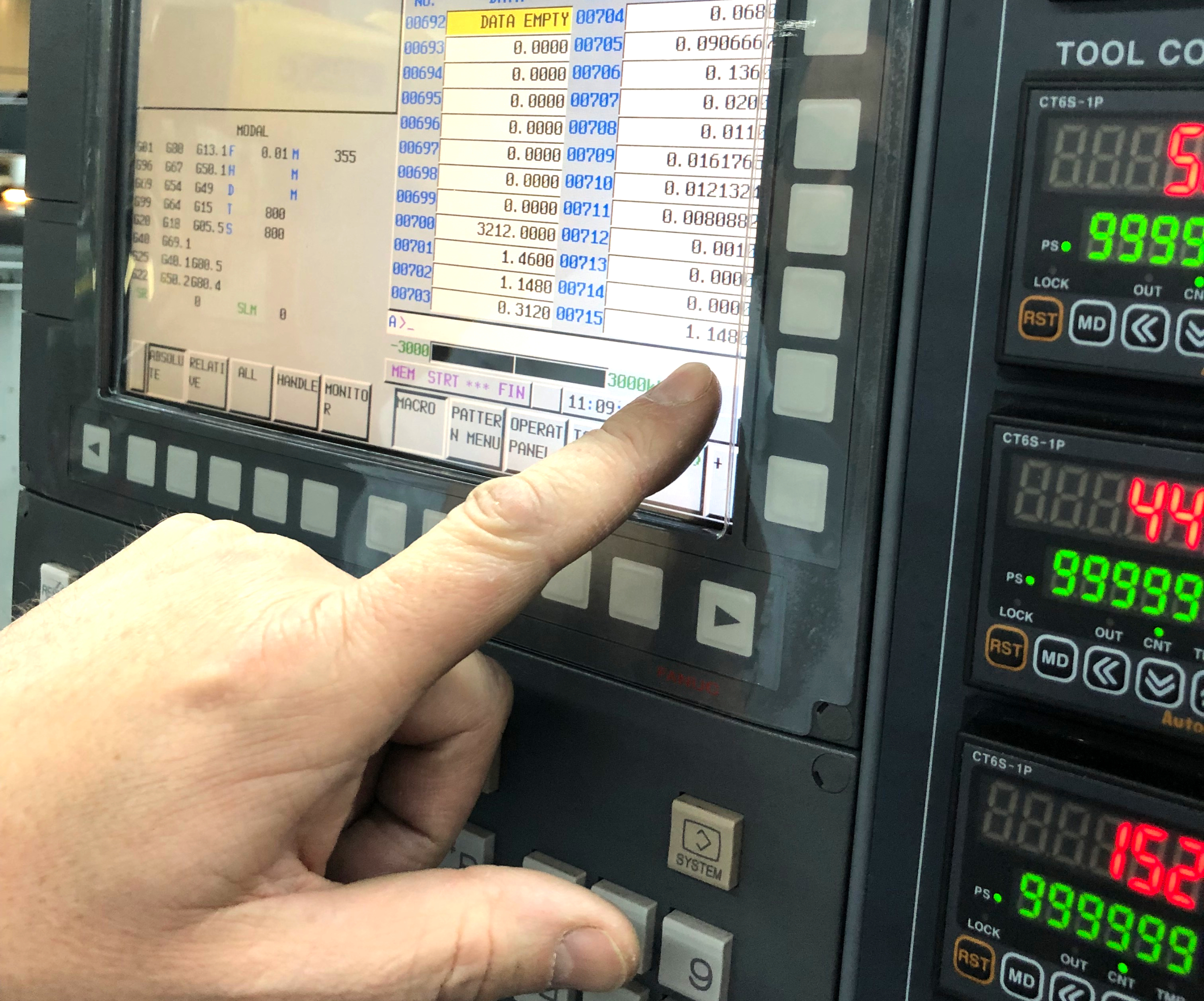
Image Credits: mmsonline.com
CNC programming is used to develop program instructions for machine tool control. CNC programmers write the codes for the machines. For example, the current computer numerical control machines utilize G-code or CNA machining language that informs precise production measurements such as coordination, location, production, speed, and feed rate. CNC machining assists in accomplishing 3-dimensional tasks in one set of prompts.
Types of CNC Machines
1. CNC Milling Machines
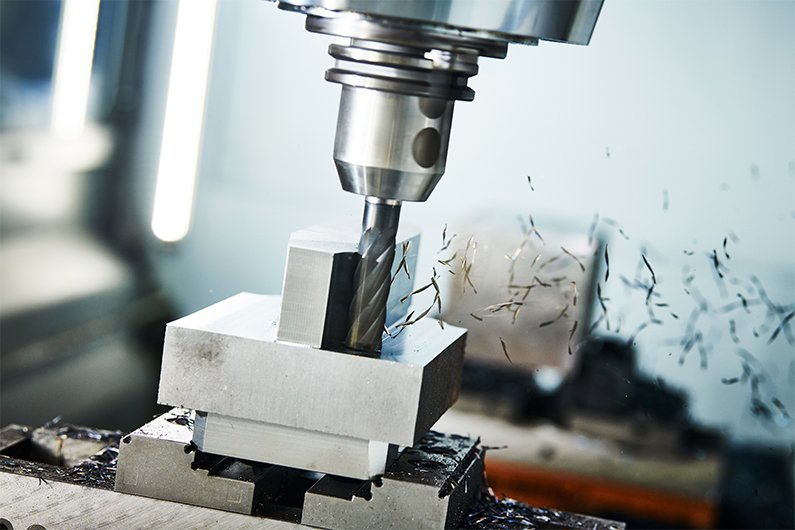
Image Credits: china-machining.com
CNC millings are the most common CNC machines. As such, the CNC mill machining process involves cutting materials using computer controls. Mills can translate specific programs of letters and numbers to move the spindle differently. To do so, the machines utilize standardized programming language for CNC machines or G-codes. Other functions of CNC mills include shoulder milling, face milling, turning, drilling and tapping.
2. CNC Lathe
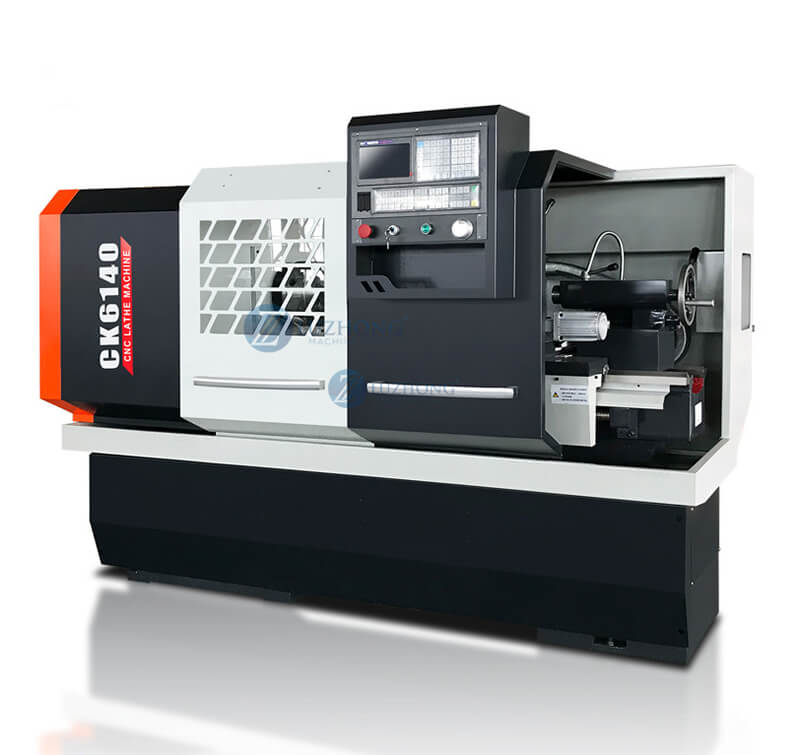
Image Credits: lzcncmachine.com
CNC lathe operates to cut pieces as they rotate. They are recognized for making precise cuts faster using different tools. Compared to manual lathes, they are more effective in precision. CNC lathe machines have limited axes.
The lathe machines appear smaller and more compact. The controls in CNC lathes are similar to those of CNC mills. Additionally, the devices can understand G-code and other proprietary programming languages
4. CNC Plasma Cutter
Plasma cutters cut materials utilizing a plasma torch. The process is used to cut heavy metals, including steel. The nozzle blows gas at high speed, forming an electrical arc from the gas to the surface being cut.
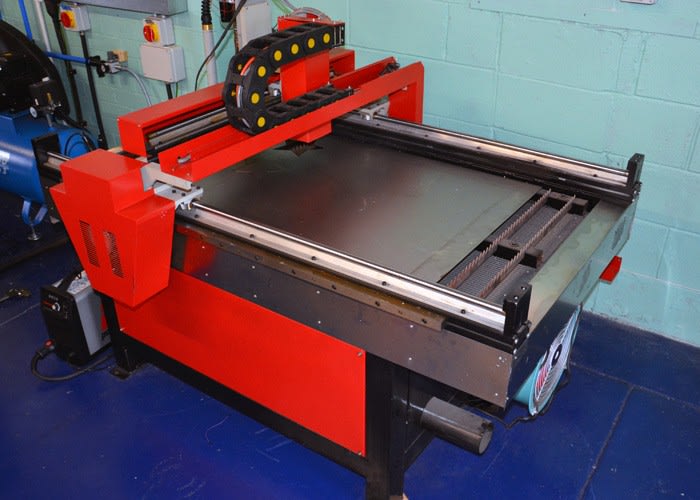
Image Credits: res.cloudinary.com
The process converts gas to plasma with temperatures ranging from ten thousand to fifty thousand degrees. Plasma originates via a combination of electrical arcs and compressed air. The hot plasma melts the material and blows away molten metal from the place being cut. They work with 2-dimensional shapes.
5. CNC Router
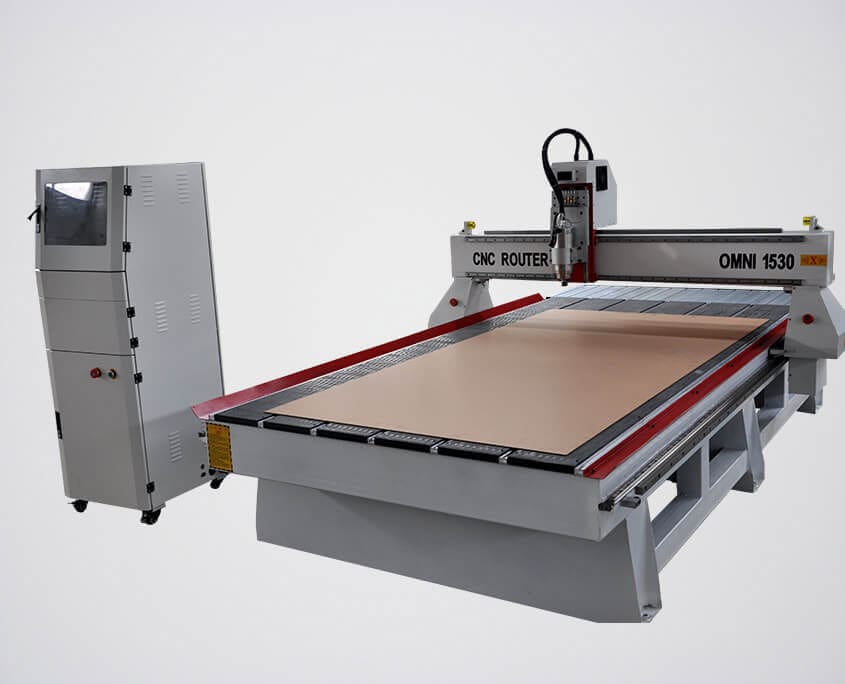
Image Credits: directindustry.com
A CNC router machine assists in cutting foam, steel, plastic, wood composites, and aluminum. It appears similar to a CNC miller. The CNC milling machine can use computer numerical control to route the device’s tool paths. It minimizes waste while increasing productivity by manufacturing different items in a shorter period than other machines.
6. CNC Laser Cutter
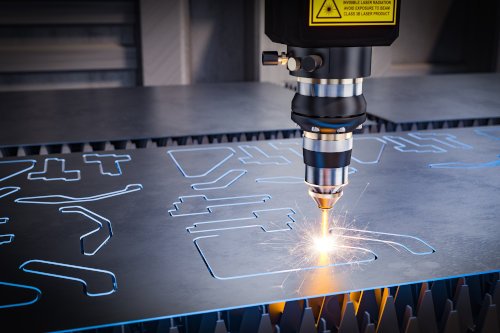
Image Credits: china-machining.com
CNC laser cutting machines are the same as CNC plasma machines, but lasers cut hardwood, plastic, and metals. The laser’s intensity is adjusted depending on the material’s strength and density.
7. CNC Electric Discharge Machine
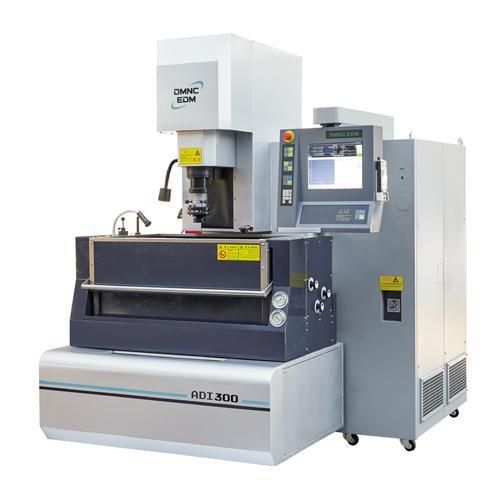
Image Credits: dmncedm.com
EDM assists in developing a particular shape within a specific material utilizing electrical discharge. The material is eliminated from a particular piece of work through various continuous electrical discharges between 2 electrodes. A dielectric fluid separates the electrodes, which gets an electric voltage.
8. Water Jet Cutters
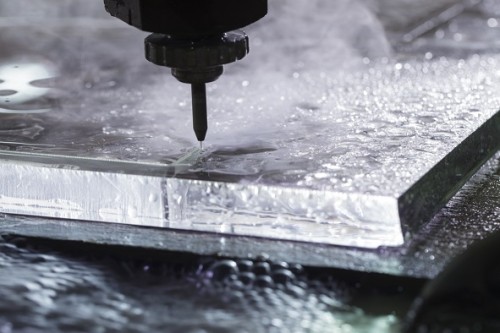
Image Credits: swiftglass.com
Water jets cut through hard materials with high-pressure water. The water is mixed with powerful abrasive substances, including sand. Most firms use water jets as a cooler option for materials that can not withstand the heat-intensive procedures of other machines. The cutters are used for applications demanding intricate cuts.
Advantages of CNC Machines
The manufacturing industry uses CNC machinery for various benefits, as listed below.
- Manufacturers produce items faster
- Reduce wastage
- They work on various materials and can be used for woodworking interior design projects.
- Increase accuracy by minimizing human error
- The numerical control machine reduces the number of defective products
- Machining is accurate and has very high precision
- They reduce the overall production cost
- They ensure that you get precisely what you simulated on your best rendering computer or your portable drawing iPad.
- Low maintenance required
Disadvantages of CNC Machines
- The CNC machines are costly
- A professional operator is needed to operate the machine
- In case of breakdown, a highly skilled professional is required to resolve the problem
- Reduction in manual labor can lead to unemployment
Conclusion
In conclusion, the CNC machining process entails utilizing computer-driven machine tools to manufacture a section out of solid material in various shapes. There are diverse types of CNC machines used for multiple purposes. The machines ensure accuracy, increased speed, and reduced waste while increasing productivity during the manufacturing process.
Featured Image Credits: thomasnet.com

